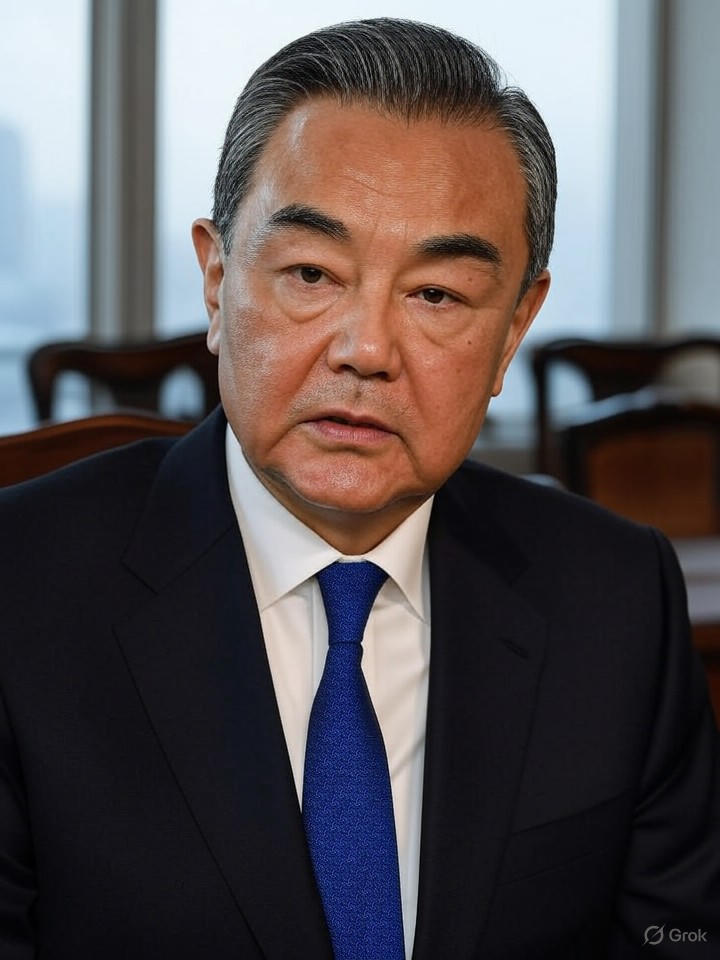In the escalating geopolitical chess game over technological supremacy, China is pushing the U.S. to loosen its stringent export controls on advanced AI chips as a key concession in potential trade negotiations. According to a report from the Financial Times, Chinese officials have signaled this demand ahead of a possible summit between Presidents Donald Trump and Xi Jinping, viewing it as essential for any broader deal to stabilize bilateral relations.
The request comes amid years of U.S. restrictions aimed at curbing China’s access to cutting-edge semiconductors, which power artificial intelligence systems. Successive administrations have tightened these controls, with the Biden era marking a significant escalation through measures that targeted not just chips but also manufacturing equipment and software, as detailed in a 2022 analysis by the Center for Strategic and International Studies.
The Historical Tug-of-War Over Tech Dominance
This push for relaxation isn’t emerging in a vacuum; it’s rooted in a decade-long struggle where the U.S. has leveraged its dominance in semiconductor design and production to maintain a lead in AI. Reports from The Economist earlier this year argued that easing such bans now could be ill-timed, given that restrictions have effectively slowed China’s progress in developing indigenous AI capabilities. Industry experts note that while China has ramped up domestic production, it still relies heavily on U.S.-designed chips from companies like Nvidia and AMD for high-performance computing tasks.
Recent posts on X, formerly Twitter, highlight the urgency of these developments, with users like crypto influencer DustyBC Crypto amplifying breaking news that China is demanding the lifting of these AI chip restrictions as a trade deal prerequisite. Such sentiment underscores the high stakes, as any concession could reshape global supply chains.
Implications for Global AI Competition
Easing controls would allow Chinese firms greater access to chips like Nvidia’s H20 series, which have been modified to comply with current U.S. rules but remain suboptimal for advanced AI training. A July article from AI Frontiers by expert Chris Miller examined how six years of U.S. restrictions have granted America a commanding edge in AI, though questions linger about their long-term efficacy amid China’s rapid innovation.
Critics warn that relaxing these measures could accelerate Beijing’s military and commercial AI applications, potentially eroding U.S. advantages. As reported in Dawn, Chinese officials have communicated this ask through backchannels, tying it to broader trade relief, including tariffs on goods like rare earth minerals, which Trump has previously negotiated.
Voices from Industry and Policy Circles
Insiders in Silicon Valley express mixed views. Some argue that continued restrictions stifle U.S. companies’ revenues—Nvidia, for instance, has seen sales to China plummet—while others, per insights in News.az, fear it would hand Beijing a competitive boost in fields like autonomous vehicles and surveillance tech. Policy analysts point to Trump’s past deals, such as the 2019 Phase One agreement, which temporarily eased tensions but left tech controls intact.
On X, accounts like Saagar Enjeti have critiqued the administration’s approach, suggesting that premature concessions on AI chips undermine leverage in talks. This echoes broader concerns in a Newsmax update, which notes China’s strategic positioning ahead of a Trump-Xi meeting.
Potential Outcomes and Strategic Calculations
If the U.S. yields, it might secure commitments from China on intellectual property or market access, but at the risk of diminishing its tech moat. A recent Modern Diplomacy piece outlines how Beijing is framing this as a reciprocal gesture, potentially including relaxed export rules on its own critical materials.
Conversely, holding firm could force China to accelerate self-sufficiency, as evidenced by Huawei’s advances despite bans. Experts cited in New Straits Times emphasize that any deal must balance economic gains with national security.
Navigating the Road Ahead
As negotiations loom, the interplay between trade and technology will define U.S.-China relations. Reports from The News International suggest Beijing’s demands extend to software and equipment, aiming for a comprehensive rollback. Industry observers, drawing from X discussions by figures like Dr. Shah, recall Trump’s fluctuating stance—imposing bans in May only to lift some in July—highlighting the deal-making volatility.
Ultimately, this moment tests America’s resolve in an era where AI chips are as vital as oil once was. With a possible summit on the horizon, as per The Economic Times, the outcome could either de-escalate tensions or ignite a new phase of rivalry, influencing everything from corporate strategies to global innovation trajectories. Stakeholders in Washington and Beijing alike are watching closely, aware that concessions today shape tomorrow’s power dynamics.




 WebProNews is an iEntry Publication
WebProNews is an iEntry Publication